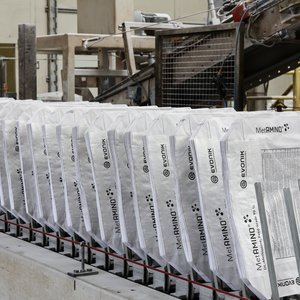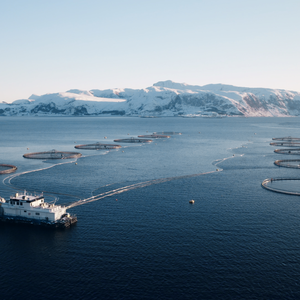Influence of processing on the levels of lipophilic marine biotoxins in bivalve molluscs
The European Food Safety Authority (EFSA) published an opinion on Marine Biotoxins: Okadaic acid and its analogues in November 2007. The European Commission asked EFSA to elaborate further on the influence of processing (cooking, steaming, autoclaving) on the levels of lipophilic marine biotoxins e.g. okadaic acid (OA) and related toxins. EFSA was also asked to assess if the initial level of marine biotoxins belonging to the group of lipophilic toxins can be modified by processing.
Steaming of mussels caused a 30 % to 70 % increase in the concentration of OA-group toxins (expressed as µg OA equivalents/kg) in the whole flesh. After autoclaving, this increase was between 70 % and 84 %. Water loss was identified as the cause of these increases in concentration. In addition there was some evidence that the redistribution of OA-group toxins from the digestive gland to the remaining tissues might occur during processing. This indicates that the analysis of whole shellfish flesh, as opposed to the digestive gland, might be more appropriate for regulatory purposes, particularly when processed shellfish is analysed.
Steaming of raw fresh mussels resulted in a 2-fold higher concentration of azaspiracids (AZAs) (AZA1, AZA2, and AZA3 expressed as AZA equivalents) in both whole flesh and digestive gland tissue compared to uncooked flesh. Also in this case the effect was attributed to the loss of water from the mussels into the cooking fluid. In addition, there was some evidence for conversion of a carboxylated AZA analogue (AZA17) into AZA3 during processing, resulting in a 3-fold increase in the level of the latter analogue.
For other lipophilic toxins such as yessotoxins (YTXs) and pectenotoxins (PTXs) there is no information on the influence of processing on their level in shellfish flesh, but there is no reason to assume that they will behave significantly differently to OA-group toxins and AZAs.
Based on the limited information available on the effect of processing on levels of lipophilic marine biotoxins in shellfish the CONTAM Panel concluded that processing of shellfish could lead to an approximate 2-fold increase in the concentration of lipohilic marine biotoxins in shellfish meat. Since limit values of marine biotoxins in shellfish meat are meant to protect the consumer, the effect of processing (cooking, steaming, autoclaving) should be considered when testing shellfish in official control.
Since cooking can lead to an increase in the levels of lipophilic marine biotoxins in shellfish meat, there is a need for harmonization of sample pre-treatment practices (i.e. cooking versus non-cooking) before the actual analysis of lipophilic marine biotoxins is carried out.
Statement (PDF)










